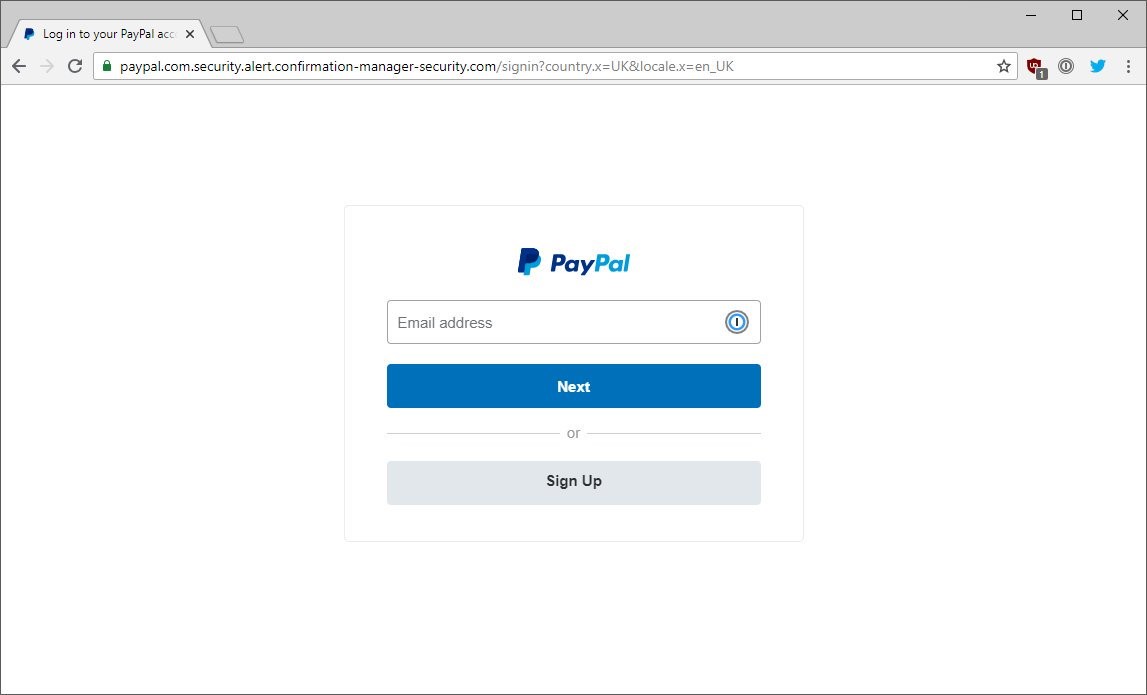Some common signs of a fake website:
- Incorrect or unusual URL: Check the URL is spelt correctly(i.e. cyberadvizoryservice.co.uk is incorrect).
- Confidential information is requested via email: This includes bank information or debit card PIN etc. Banks will never request this information, so make sure you do not follow any links from that email. An example:
“We have reason to believe your bank account has been compromised. In order to verify that you are the authorised account holder, please follow the link and enter your PIN: dodgylink.com”
- The website content is incorrect: Keep an eye out for any spelling mistakes. Most legitimate sites will have thoroughly checked through their website for spelling mistakes. So if a website asks you for your “passworf”, double check the legitimacy of the website. If you’re ever in doubt, never provide your personal information.
- Ensure that you are using a secure connection: Genuine e-commerce sites will use secure connections to process your payment. You can check this by looking for a lock symbol in your internet browser. Ensure that the beginning of the URL starts with “https://” rather than “http://”. The “s” stands for secure!
- Pictures and images are of a low quality: scammers may not have the time to invest in creating high quality websites, so the images they use may be of low quality and pixelated
- Research: Look for contact details or an address on the website. Search for reviews and or blogs on the company which will give you good hints on whether the website is genuine or not.
- Check links: Hover your mouse pointer over links to see its real destination. You can see the URL in the bottom left corner when doing so.



Leave A Comment